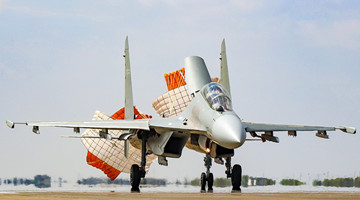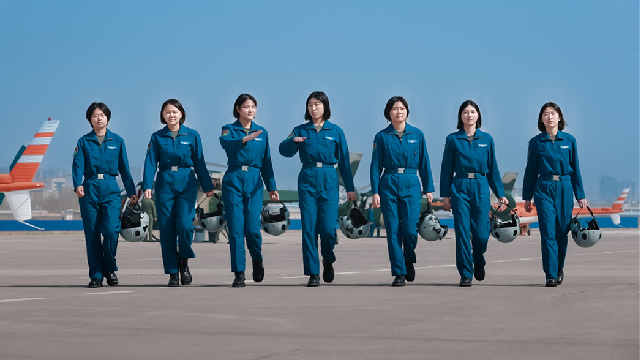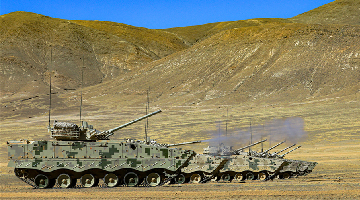By Li Xuehua
According to German media reports, the Defense Ministers of Germany and the Netherlands signed an agreement in Brussels recently to build “Tactical Edge Networking” (TEN) between the two countries.
The first shared military network in the world
It is reported that the TEN is the world’s first trans-national military sharing Internet. Germany and the Netherlands will make use of this network to achieve the digital exchanges of multinational military information.
The German magazine Forbes said NATO hoped that its members would share military networks in the future and use improved joint network standards in a unified way to achieve the ultimate goal of military integration.
However, due to concerns in politics, security, etc., NATO members are reluctant to do so. Even Germany and the Netherlands which often work together on overseas missions have problems of poor information exchanges. It is for this reason that the two countries agreed to merge certain military networks and establish shared information channels, which surprised the outside world.
No longer restricted military e-communications between two countries
Headquartered in Koblenz, Germany, TEN’s design and prototype center will reside at the Bernard Barracks in Amersfoort, the Netherlands.
As the first part of integration, communications between the Bundeswehr land-based operations (D-LBO) of German Ground Force and the ‘FOXTROT’ tactical communications program of Dutch Ministry of Defence will be unified. At that time, the two systems will be integrated and used jointly by the German and Dutch militaries.
In order to ensure the smooth operation of the combined network, the two countries will also equip the same hardware such as computers, radios, tablets and telephones for the troops accessing the TEN.
European defence experts said that since 1949, NATO has been pursuing the interconnection of military information among members, but it has not been properly resolved.
The TEN may promote the network integration among NATO members and promote the development of NATO military integration.
The TEN is only a sharing network at the tactical level. Through this network, Germany and the Netherlands will realize tactical sharing in Ultra High Frequency(UHF) and Very High Frequency (VHF) bands without country restrictions or entry barriers.
European defense experts said, “This will help the two countries communicate more smoothly in the battlefield, so as to ensure that they occupy and maintain an active position in a rapidly changing battlefield.”
German media said that if the TEN operates successfully, Berlin and Amsterdam will promote the further development of the network. By 2030, the pair will realize military network sharing at all levels and truly realize unrestricted electronic communications.
The move to build a “De-Americanized Internet”
Philip Ingram, a retired colonel in British military intelligence, said that the European members of NATO had been dreaming of building an independent military Internet for many years, but for political reasons, the shared military Internet had not been built.
He believes that the current global Internet is largely controlled by the United States, “Americans reserve backdoors on the Internet, which poses a great threat to the security of network users.
At present, there is a trend of ‘De-Americanization in internet’ in major countries of the world. They are developing their own computer operating system to replace the American Windows system”.
The forthcoming Dutch-German TEN will also maximize the localization of operating systems and hardware devices.
Once the TEN is successfully established, NATO’s European members would be able to get rid of the influence and control of the United States in the field of network.
In this regard, European defence experts believe that this would meet the need for national and regional security.
(The article was published in Chinese on the Chinese Defense Newspaper on July 9, 2019.)









